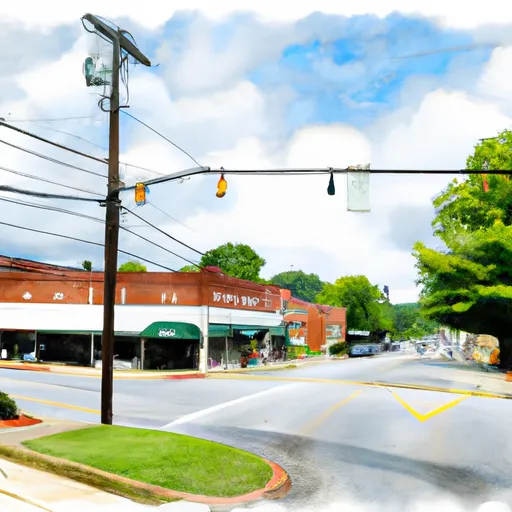°F
°F
mph
Windspeed
%
Humidity











Cedar Grove, Tennessee is a small town located in Carroll County. The climate in Cedar Grove is typical for the region, with hot and humid summers and cold winters. The town is situated near the Big Sandy River and contains several creeks and streams, providing ample hydrology constituents for outdoor recreation. Fishing is a popular activity in the area, with anglers targeting bass, catfish, and crappie. Cedar Grove also features several parks and recreational areas, including the Carroll County 1000 Acre Recreational Lake and the Carroll Lake Golf Club. Hiking, camping, and birdwatching are also popular activities in the area.
Weather Forecast
Cedar-Grove receives approximately 1359mm of rain per year, with humidity levels near 84% and air temperatures averaging around 15°C. Cedar-Grove has a plant hardyness factor of 7, meaning plants and agriculture in this region tend to thrive during the non-winter months.
Regional Streamflow Levels
6,680
Cubic Feet Per Second
164
Cubic Feet Per Second
346
Cubic Feet Per Second
2,950
Cubic Feet Per Second
Nearby Camping
| Camping Area | Reservations | Toilets | Showers |
|---|---|---|---|
| Charley Brown City Park | |||
| Turkey Fork Rec. Area | |||
| Maynor Creek Waterpark | |||
| Sam Dale Lake Conservation Area | |||
| Shepard State Park | |||
| Lake Tom Bailey |



